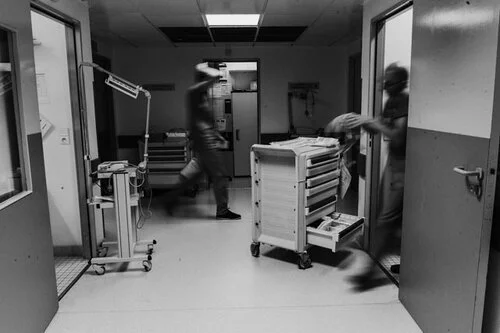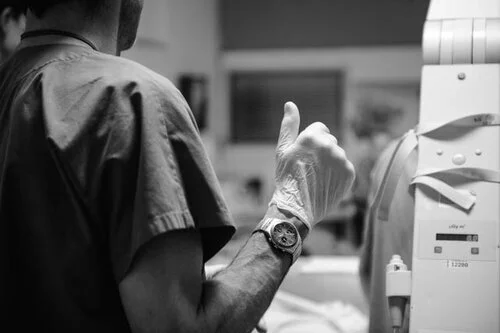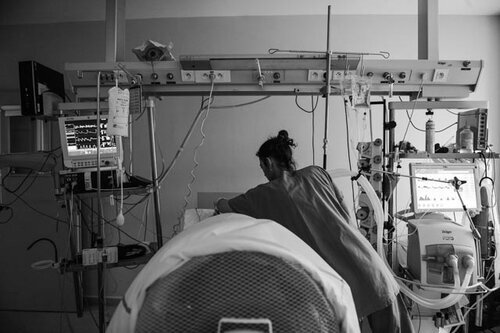UNDERSTANDING INTENSIVE CARE
Intensive care is the general medicine of vital distress. It intervenes whenever the patient's life is in danger by taking care of the most serious patients, whose life is directly threatened by the acute failure of one or more vital organs (heart, kidneys, liver, lung, brain, digestive system, vascular or nervous system), whatever the disease or accident that involves the vital prognosis. We are all concerned: on average, each individual will make two stays in intensive care during his or her life.
Sometimes initiated in extreme urgency, intensive care can last several days, weeks or months, during which every detail will count to offer a "second" life to patients admitted to intensive care.
An intensive care unit is organized in multidisciplinary teams: doctors, nurses, physiotherapists, nurses' aides, nutritionists, pharmacists, psychologists, logisticians. Mobilized 24/7, these intensive care professionals share the same objective: making our lives their priority.
There are specialized intensive care units for newborns (neonatal intensive care), pediatrics (pediatric intensive care), neurosurgery patients (neurosurgical intensive care) or cardiac or thoracic surgery patients (surgical intensive care).
Intensive care is an expensive specialty that represents 20 to 30% of hospital expenses. The intensive care patient is connected to high-tech medical devices for the monitoring and treatment of organ failures (artificial respiration, dialysis, gastric probe, infusions, catheters, scope). The connection of these medical devices to an information system enables the collection of 6,000 to 10,000 data points per day and per patient.
Click here to discover the missions of 101




